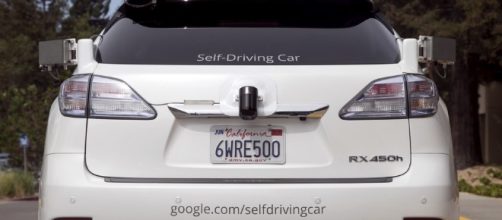A 45-day public comment period begins today, for self-driving cars in the State Of California, and will end on April 25. The Department of Motor Vehicles (DMV) wants to hear comments from the public on new regulations for testing these cars for public use. Driverless cars will not have steering wheels or pedals but must have a remote operator capable of monitoring the vehicle's operation and must be able to communicate with any passengers in the vehicle.
Twenty-seven car companies were given licenses.
It is the hope of car manufacturers that this testing period will one day lead to the sale and deployment of such vehicles in California.
These companies include BMW, Tesla Inc., China-funded electric vehicle start-ups NextEV and Faraday Future. California depends heavily on federal guidelines for self-driving vehicles. The state granted testing permits to Uber Technologies after a legal battle this past December. Regulations will allow manufacturers to certify that their driver-less test vehicles can operate without conventional controls.
Driver-less must meet all federal safety standards or be issued an exemption from the National Highway Traffic Safety Administration.
It has been a long and frustrating road for California's DMV
Many car companies felt state regulators were holding back innovation that could improve public safety.
Back in December 2015, the DMV excluded non-human driven vehicles because of safety concerns. Because of this, some companies, like Uber and Google were conducting test outside the state of California.
Experts agree autonomous cars will be safer than human drivers. They admit that these vehicles will not be flawless, right away, or even better than a human.
California's DMV has now taken steps to issue new vehicle forms to include cars without a steering wheel or pedals. The DMV, under its proposed rules, will allow cars without steering wheel or pedals as long as it has the approval of the National Highway Traffic and Safety Association.
Autonomous cars may be able to operate themselves, but when it comes to which road the technology will take moving forward, the federal government is now in the driver’s seat.

